In the vast and enigmatic expanse of the universe, a mysterious phenomenon known as Fast Radio Bursts (FRBs) has captivated the scientific community. These intense bursts of radio waves, lasting only milliseconds, have sparked intrigue and curiosity among astronomers worldwide. Recently, Australian scientists have made significant strides in understanding these cosmic events, unraveling some of the mysteries surrounding them. This article explores the fascinating discoveries made by Australian researchers and delves into the enigmatic nature of FRBs.
The Enigma of Fast Radio Bursts
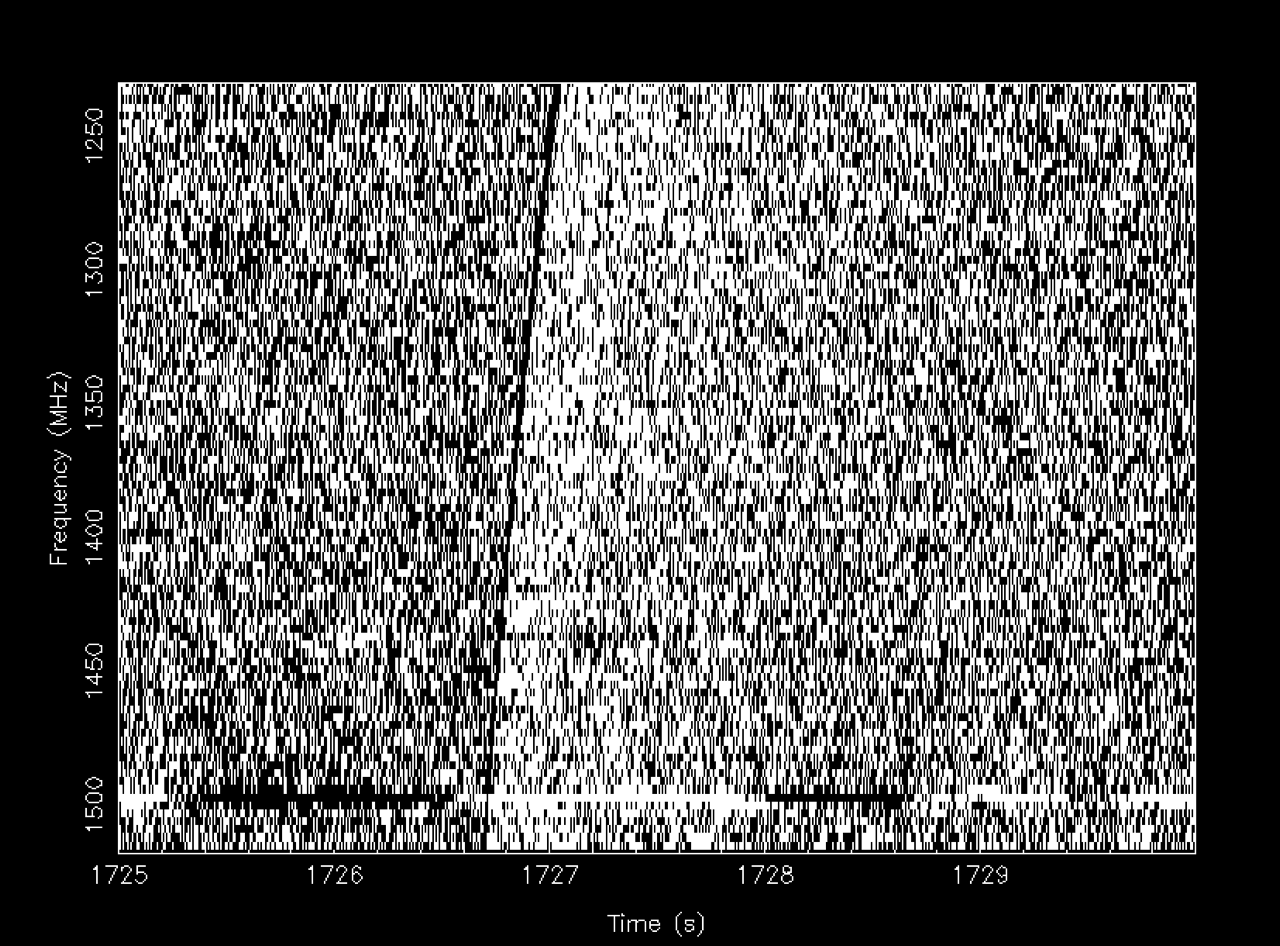
Fast Radio Bursts are brief but extremely powerful bursts of radio waves originating from far beyond our galaxy. First discovered in 2007, these bursts have puzzled scientists due to their fleeting nature and unknown origins. Despite being detected by radio telescopes, pinpointing their exact source has proven to be a daunting task. Their immense energy output, equivalent to the sun’s energy over several days, adds another layer of intrigue. The mystery surrounding FRBs has led scientists to question whether they are natural cosmic events or signals from extraterrestrial civilizations.
Australian Scientists’ Breakthroughs
Australian scientists have played a pivotal role in advancing our understanding of Fast Radio Bursts. Using the Australian Square Kilometre Array Pathfinder (ASKAP), researchers have been able to detect and localize FRBs with unprecedented precision. ASKAP’s advanced technology allows for rapid detection and accurate localization, enabling scientists to trace the origins of these bursts more effectively. This breakthrough has provided valuable insights into the environments and galaxies where FRBs occur, shedding light on their potential sources.
Tracing the Origins of Fast Radio Bursts
One of the most significant achievements of Australian researchers is their ability to trace the origins of Fast Radio Bursts to specific galaxies. By analyzing the dispersion of radio waves as they travel through space, scientists can determine the distance and location of these bursts. This has revealed that FRBs often originate from distant galaxies billions of light-years away. The ability to trace their origins has opened up new avenues for understanding the cosmic processes and environments that give rise to these enigmatic events.
Possible Explanations for Fast Radio Bursts
Despite the progress made in localizing Fast Radio Bursts, their exact origins and causes remain a subject of debate among scientists. Several theories have been proposed to explain these phenomena, ranging from neutron star collisions and black holes to magnetars and cosmic strings. Each theory presents its own set of challenges and requires further investigation to validate. The diversity of potential explanations highlights the complexity of the universe and the need for continued exploration and research.
The Role of Magnetars in FRBs
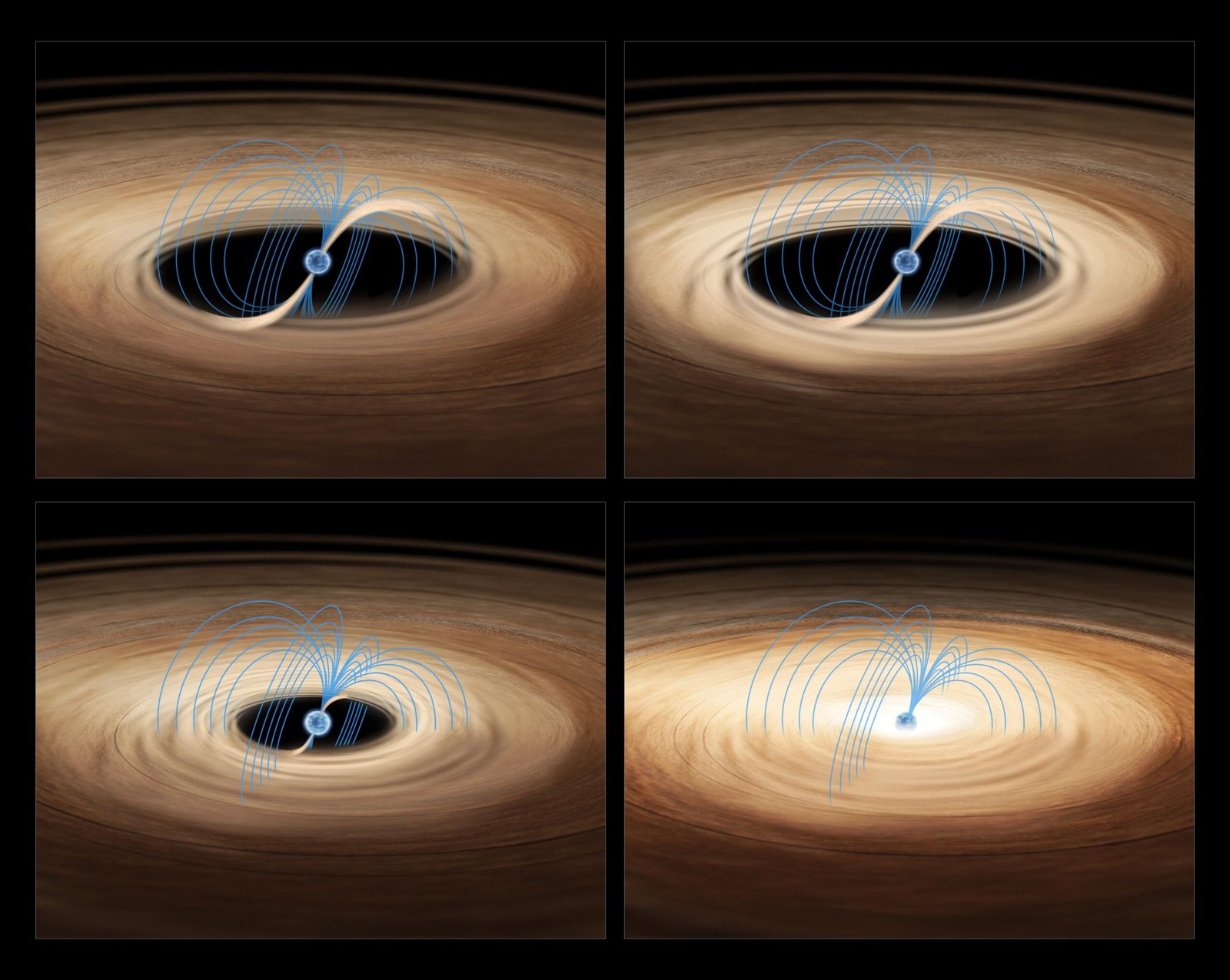
One of the leading hypotheses for the origin of Fast Radio Bursts involves magnetars, a type of neutron star with an extremely strong magnetic field. Magnetars are known to emit bursts of X-rays and gamma rays, making them a plausible source for the powerful radio waves observed in FRBs. Recent observations have shown a correlation between magnetar activity and FRBs, suggesting that these celestial objects may play a significant role in the production of these bursts. However, further research is needed to confirm this connection and understand the underlying mechanisms.
Implications for Astrophysics
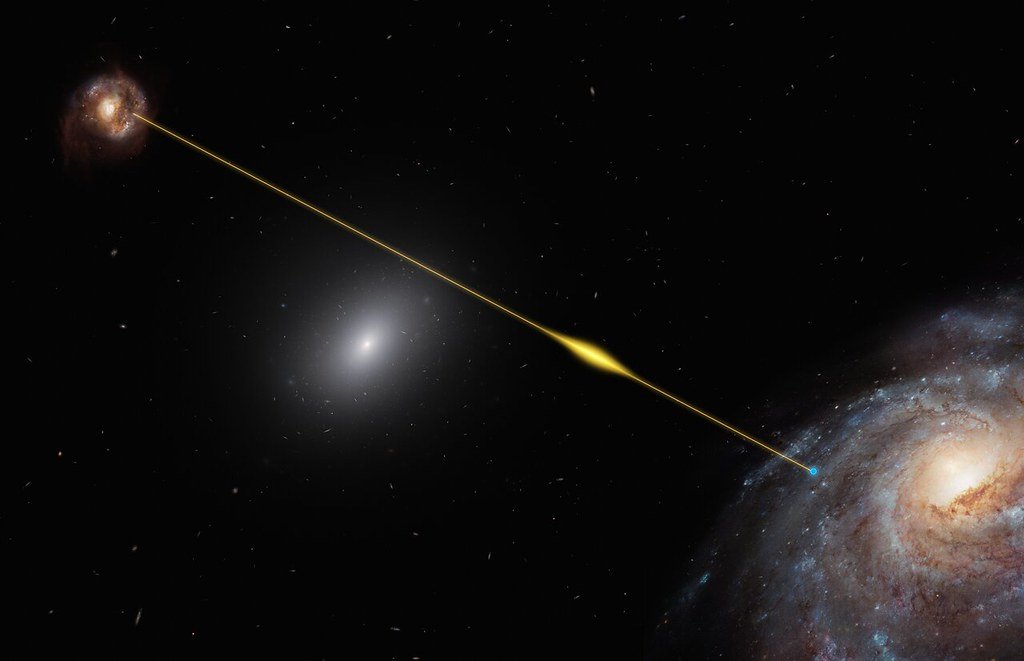
The study of Fast Radio Bursts has far-reaching implications for the field of astrophysics. These bursts provide valuable information about the intergalactic medium, the vast space between galaxies filled with gas and dust. By analyzing the dispersion of radio waves from FRBs, scientists can gain insights into the distribution and composition of this medium, enhancing our understanding of the universe’s large-scale structure. Additionally, FRBs offer a unique opportunity to test fundamental physics theories, such as the behavior of matter and energy in extreme conditions.
Challenges in FRB Research
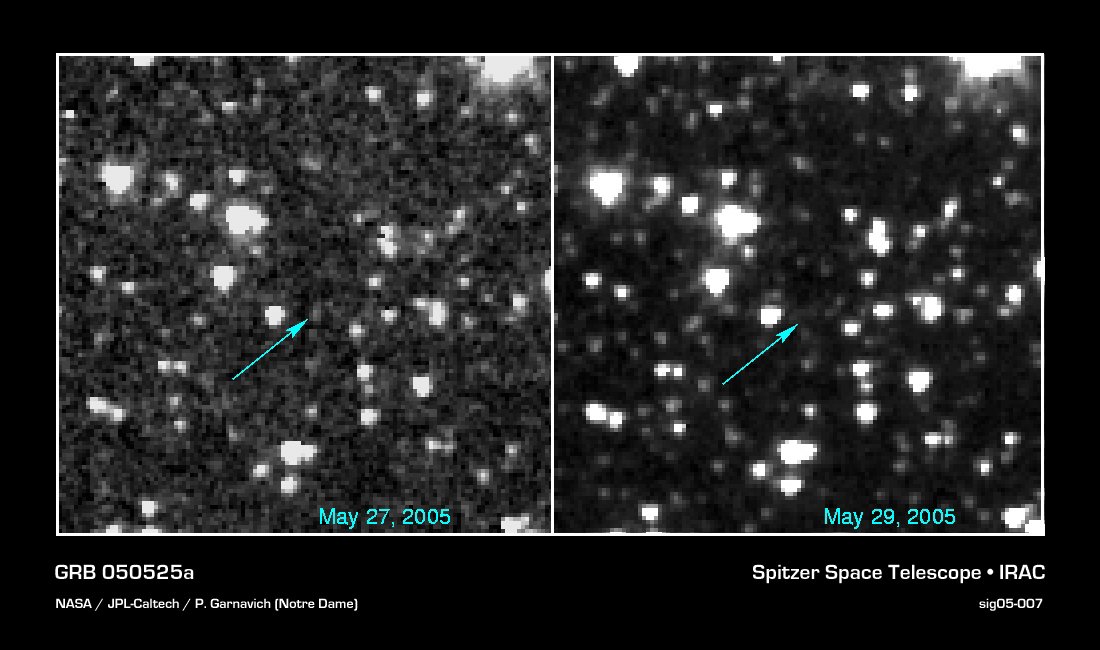
Despite the advancements made by Australian scientists, the study of Fast Radio Bursts presents numerous challenges. The fleeting nature of these bursts makes them difficult to detect and study in real time. Additionally, their unpredictable occurrence and wide range of potential sources complicate efforts to identify common characteristics and patterns. The need for advanced technology and international collaboration is crucial for overcoming these challenges and unlocking the secrets of FRBs.
The Future of Fast Radio Burst Research
The future of Fast Radio Burst research holds great promise, with new telescopes and technologies on the horizon. Projects such as the Square Kilometre Array (SKA), set to be the world’s largest radio telescope, will provide unprecedented capabilities for detecting and studying FRBs. These advancements will enable scientists to observe these bursts in greater detail and potentially uncover new phenomena. The continued efforts of Australian scientists and international collaborations will be instrumental in unraveling the mysteries of Fast Radio Bursts and advancing our understanding of the universe.
The Fascination with Cosmic Mysteries
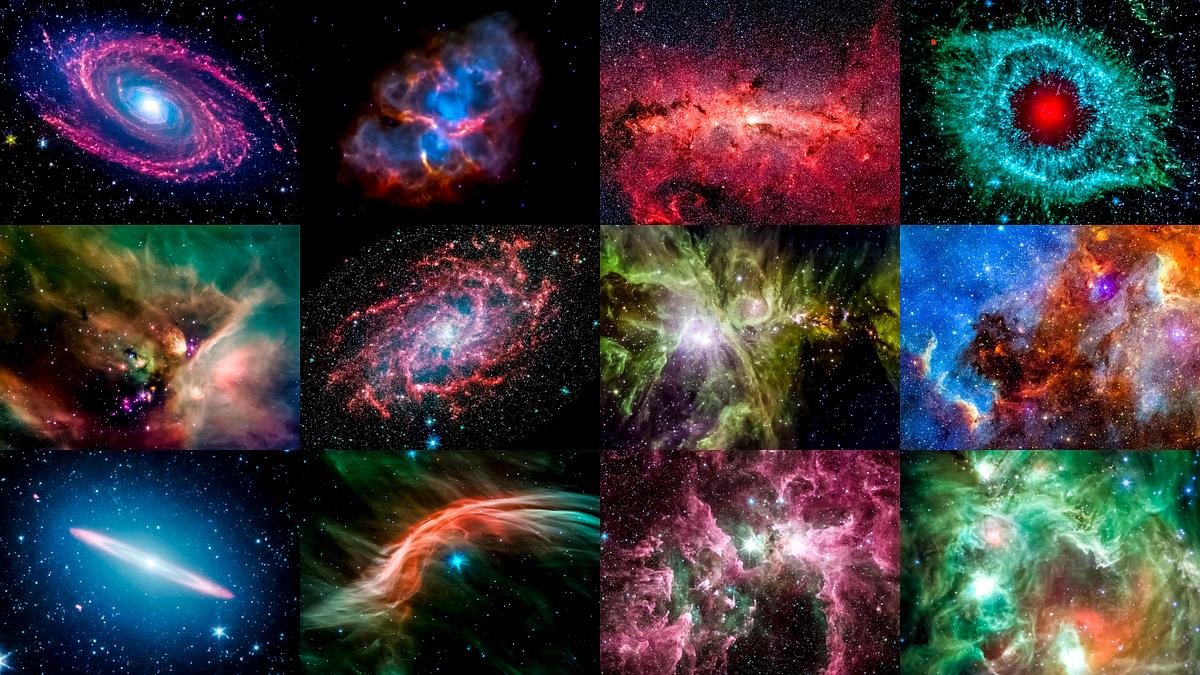
The allure of Fast Radio Bursts lies in their mysterious nature and the tantalizing possibility of discovering something entirely new about the universe. For science enthusiasts and curious minds, the study of FRBs represents a frontier of exploration and discovery. The ongoing research and breakthroughs in understanding these cosmic events inspire a sense of wonder and curiosity about the universe’s hidden secrets. As scientists continue to unravel the mysteries of Fast Radio Bursts, the potential for groundbreaking discoveries remains immense.
Conclusion
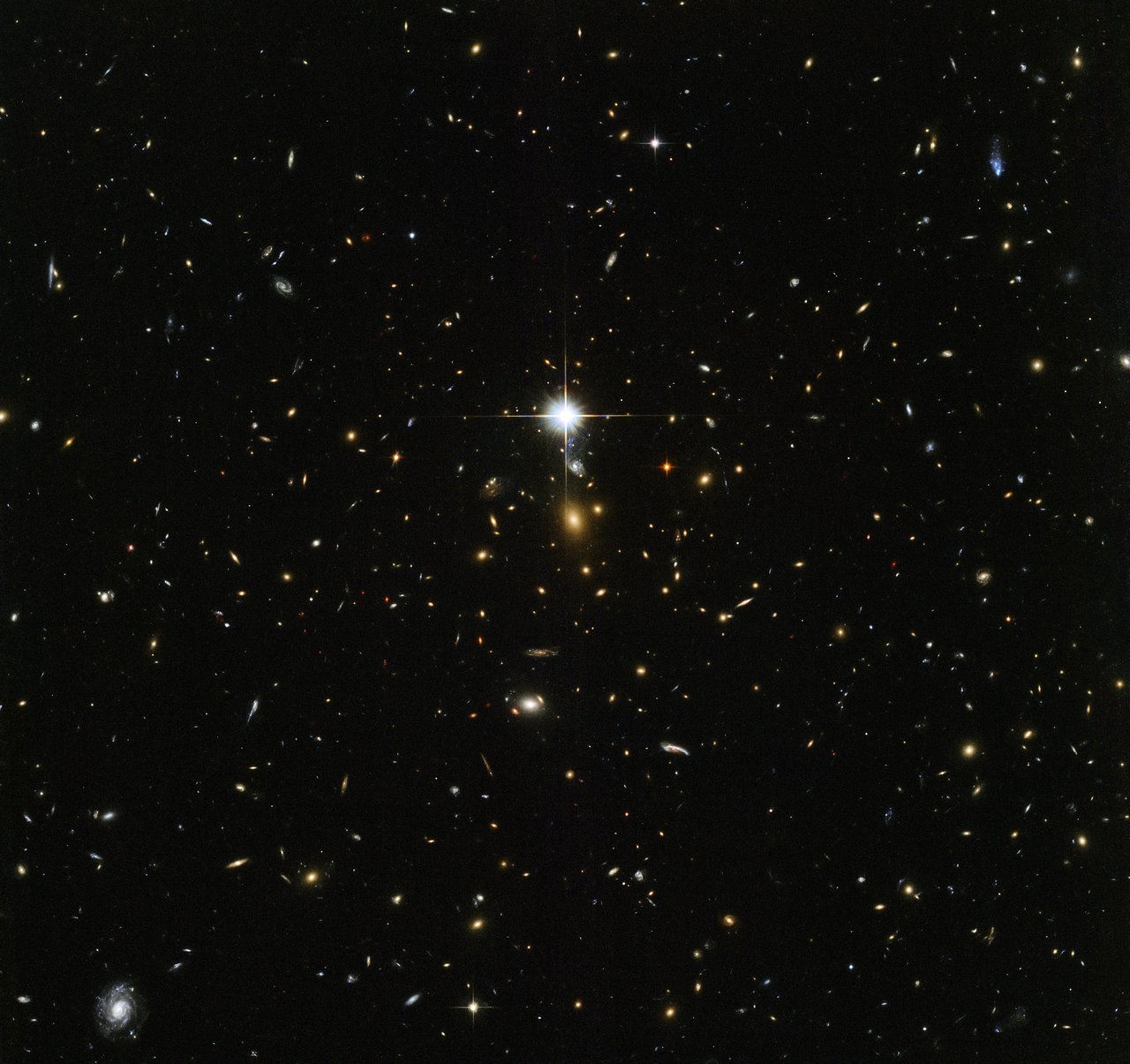
In conclusion, the study of Fast Radio Bursts has captivated the scientific community and ignited a sense of wonder about the universe’s mysteries. Australian scientists have made significant strides in localizing and understanding these enigmatic bursts, providing valuable insights into their origins and potential causes. Despite the challenges and uncertainties, the continued exploration of FRBs offers a promising avenue for advancing our knowledge of the cosmos. As new technologies and international collaborations pave the way for future discoveries, the allure of Fast Radio Bursts will continue to inspire and captivate researchers and curious minds alike.




